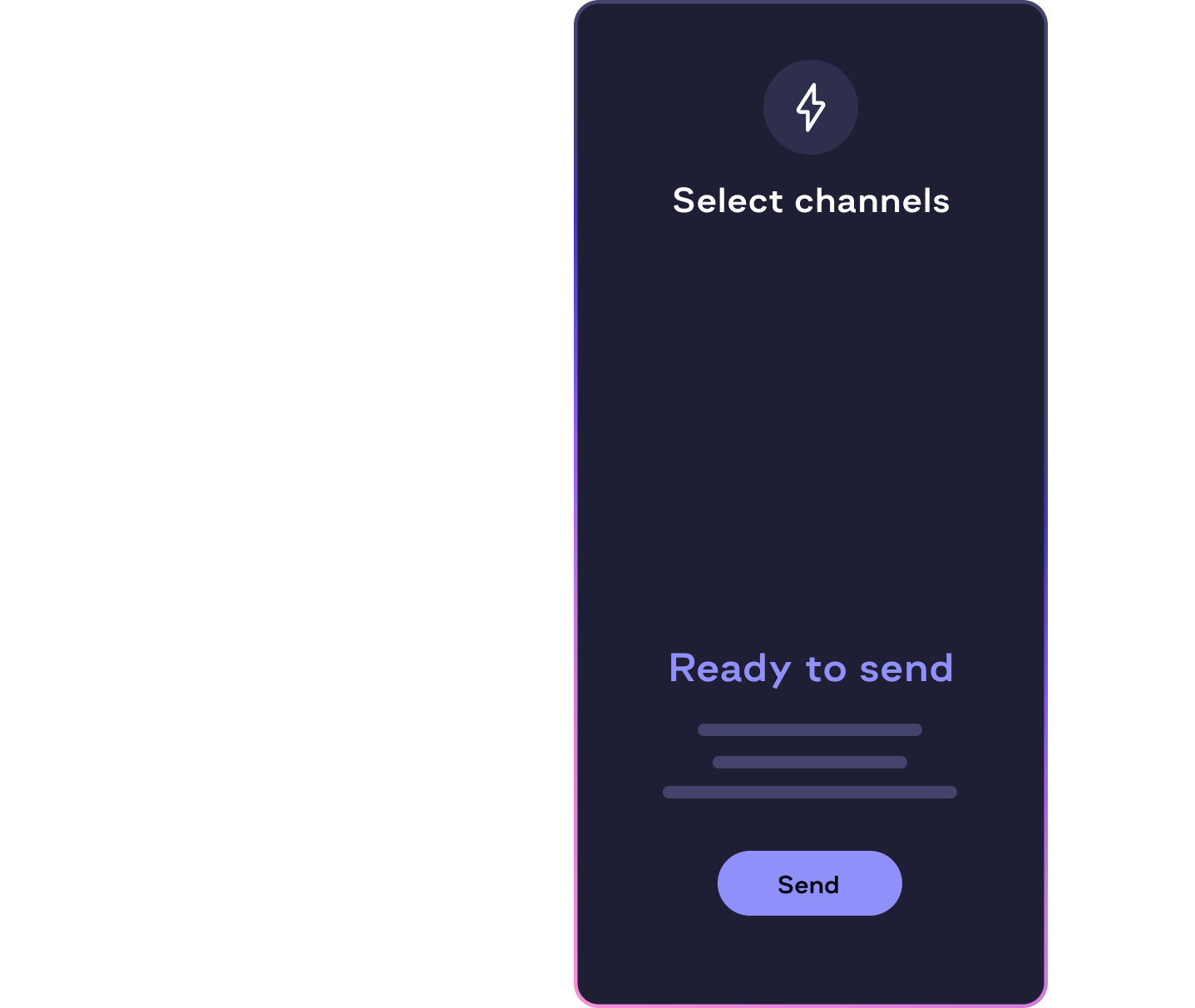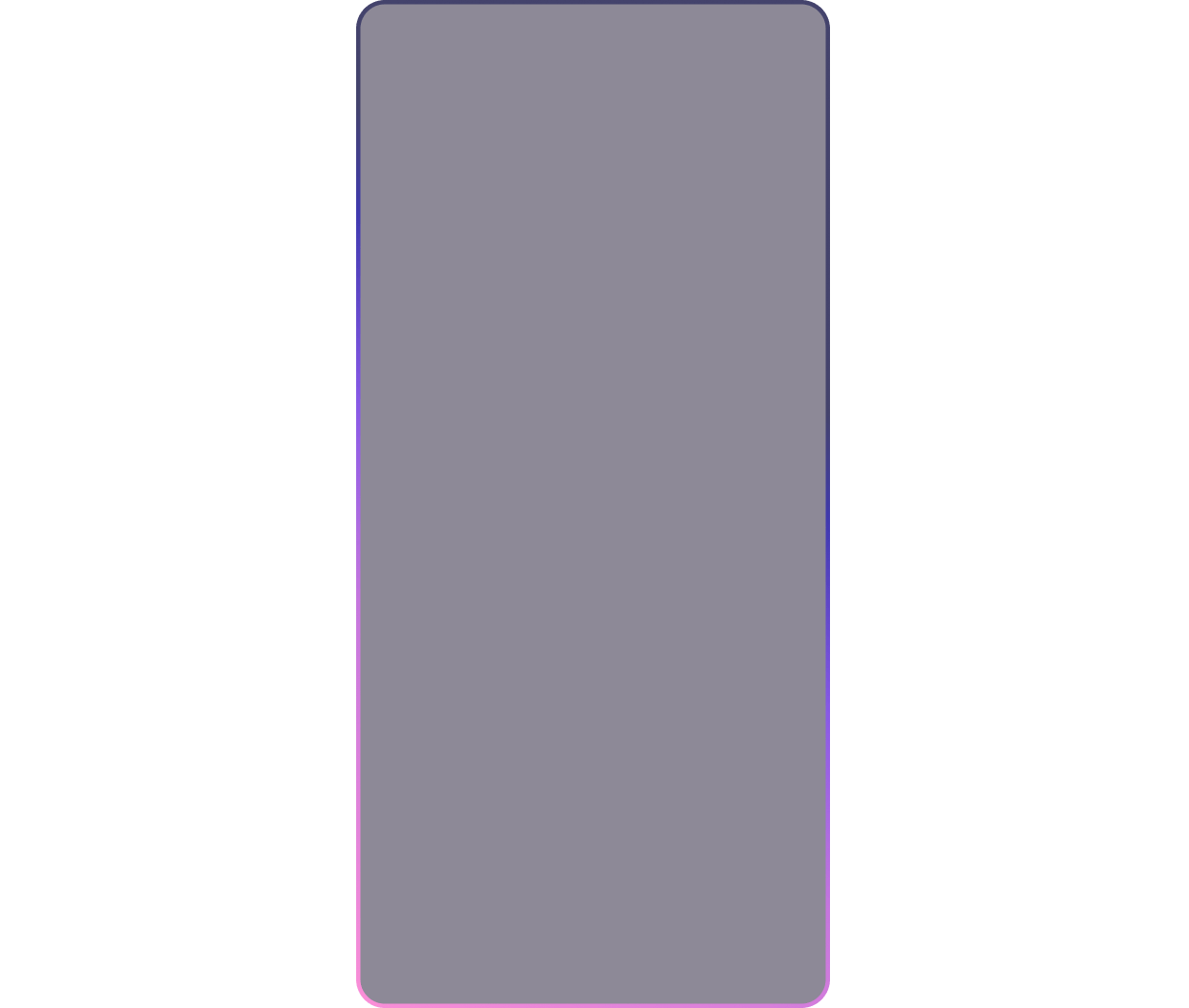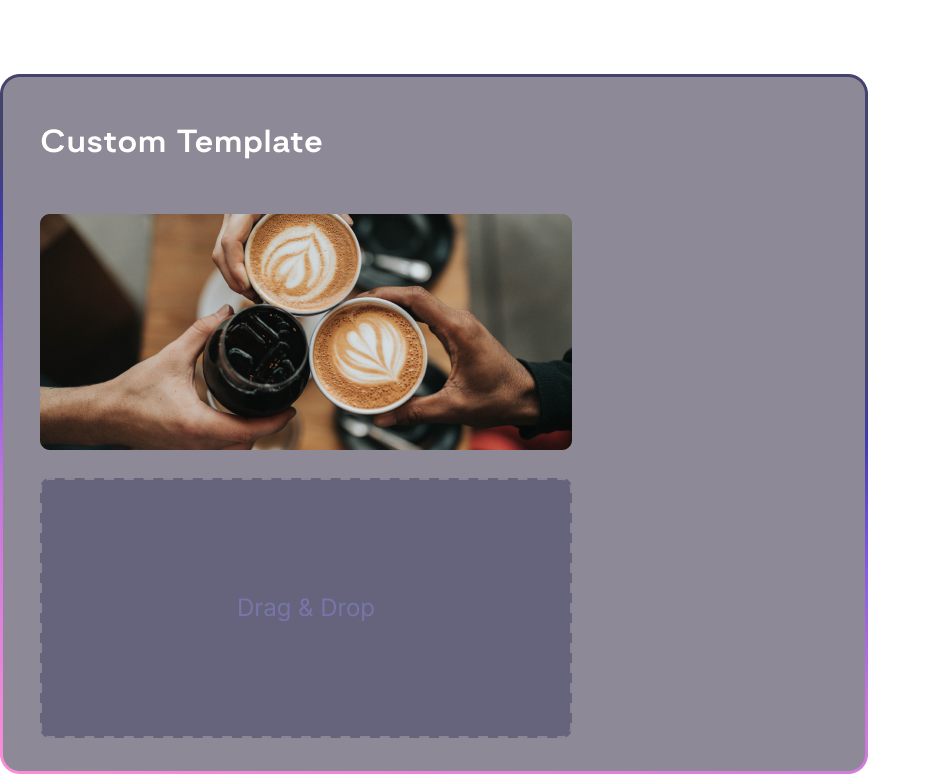Effective Communication That Solves Enterprise Size Challenges
Drive impact through automated communications. Create tailored solutions to your operational, crisis, and customer experience needs. Harness the right channel to drive your business objectives, whether it’s SMS, email, WhatsApp, or Voice.
Delivering Impactful Communications To Organisations Worldwide

Automated, intelligent, extraordinary communication
Automating communication is one thing. Fostering meaningful connections, well that’s another. We believe you need both. Whispir doesn’t just automate the flow of communications, we help you add smart triggers to alert team members when it’s their turn to act. We help keep your audience engaged while reducing your to-do list. By automating conversations across every channel, we are transforming how you connect with people. We make omnichannel easier — for everyone.




Trustworthy communication matters — to everyone
Customers and constituents. Residents and first responders. Employees, patients, and teammates. Our omnichannel communication platform works across industries, scaling for everything from emergency services to employee communications to marketing.




Drag-and-drop, and move on to what’s next
We think communication software should do two things: One, make your job — and maybe your life — easier. Two, improve your audience’s experience. That’s why we provide more than 60 customizable, drag-and-drop templates to help you quickly design and build a more human-first experience that will resonate with your recipients. SMS. Email. Forms. Landing pages. Social.



